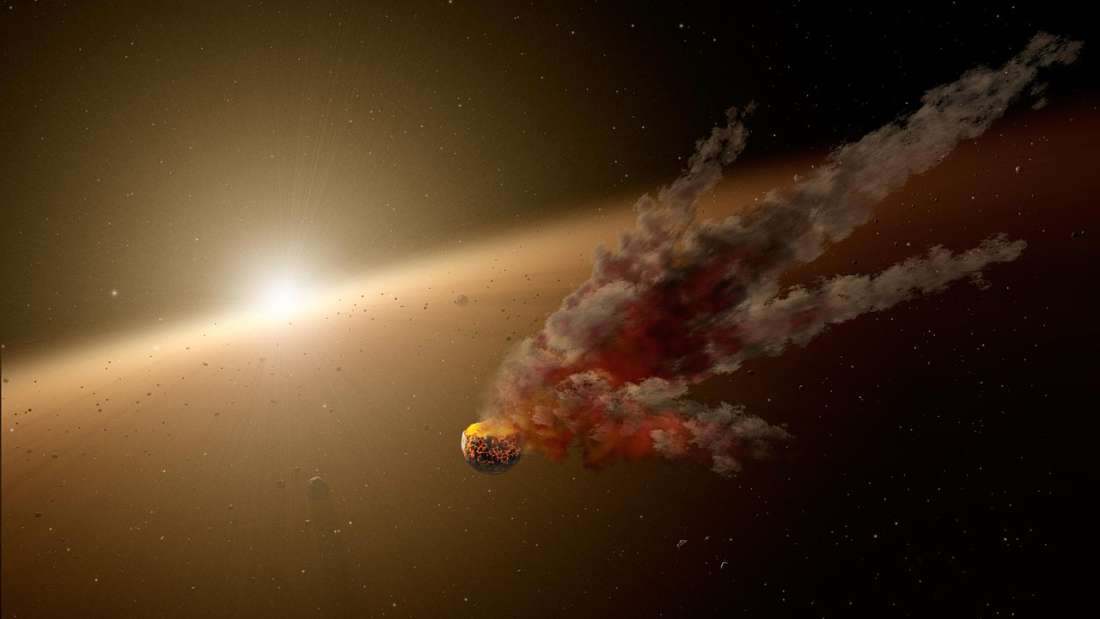
Looks like there’s another moon where life (as we know) could exist. New observations by the Hubble Space Telescope offers the strongest evidence yet for an ocean underneath the surface of Jupiter’s largest moon, Ganymede. This ocean might even contain more saltwater in it than all the water on the surface of Earth.
Not only is Ganymede the largest moon in our solar system, it’s also the only moon with its own magnetic field. And this field creates energetic charged particles that cause gases to fluoresce and appear as hot, glowing ribbons called auroras (or aurorae), like those we see on Earth. And being so close to Jupiter means that Ganymede is also embedded in the giant planet’s immense magnetic field, which can cause the moon’s auroras to shift.
Since their locations are determined by Ganymede’s magnetic field, the auroras provide insight into the moon’s interior where the field is generated. “Is there a way you could use a telescope to look inside a planetary body? Then I thought, the aurorae!” Joachim Saur of the University of Cologne says in a news release. “Because aurorae are controlled by the magnetic field, if you observe the aurorae in an appropriate way, you learn something about the magnetic field. If you know the magnetic field, then you know something about the moon’s interior.”
By using Hubble to measure the slight shifts of two auroras rocking back and forth, Saur and colleagues determined that a large volume of saltwater exists underneath Ganymede’s crust of mostly ice. That’s because a saltwater ocean inside the moon would reduce the shifting of the auroral belts: If there was an ocean, Jupiter’s magnetic field would create a secondary magnetic field in the ocean that counters Jupiter’s field. This magnetic friction suppresses the rocking motion of the auroras to 2 degrees; if an ocean isn’t present, the rocking would be 6 degrees.
To the right, you can see the pair of auroral belts encircling over the northern and southern mid-latitudes of Ganymede. The belts were observed in ultraviolet light by the Space Telescope Imaging Spectrograph, and they’re blue for this illustration.
Ganymede’s subsurface ocean is estimated to be 100 kilometers (62 miles) thick—or 10 times deeper than our oceans—and it’s buried under a 150-kilometer-thick (93-mile) icy crust. The work was published in Journal of Geophysical Research this week.
Via IFL Science






